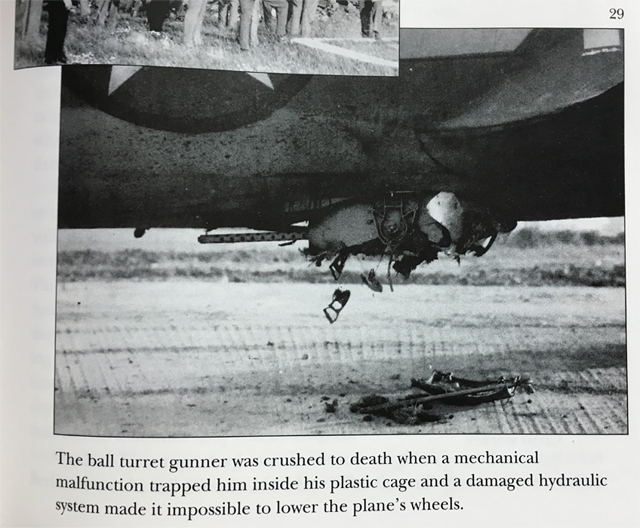

So do you now understand why they were considered so brave? You have to go through this again, assuming you came back from the previous outing in one piece.Īnd you are fighting for your freedom, dignity and for your country! Once there, you face a heavy barrage of ack-ack from an enemy determined to convert that gasolene and bomb loaded aluminium shell into your coffin, you then have to drop those bombs on your targets and fly back home, facing that determined enemy every inch of the way. You only have a map, a pair of compasses and the skills of a navigator to get you to your destination. Good luck and good hunting in all your family history research pursuits! View the entire comment thread.You are flying a bomber aircraft loaded with high octane Gasolene and bombs. Good luck and good hunting in all your family history research pursuits! land records and maps (including a large collection of Ontario County maps).local newspapers (birth, marriage and death notices).vital statistics (births, marriages, deaths, baptism records).Some of our resources in print or electronic formats include: Chorley, hoped that it would help researchers looking to confirm the fates of their ancestors who served in the RAF.įor more genealogical research, be sure to visit the Humanities and Social Sciences Department of the Toronto Reference Library. what happened, including details of damages to the aircraft (if this information is known)Īll of the details in Royal Air Force Bomber Command Losses of the Second World War make it an invaluable resource.a synopsis of the mission the aircraft and air crew were on.Personnel from the United Kingdom have no abbreviation next to their name. RCAF means "Royal Canadian Air Force".He was killed in action, however, so this is a record error. In this record example, Mynarski was marked as "inj".

They were captured by Nazi German forces and, in most cases, were held prisoner until the end of WWII. This was usually with assistance of the underground of countries under Nazi German occupation. The records use a number of abbreviations, so it's helpful to understand what they mean. In this case, there are many entries of lost aircraft over Cambrai in the same early morning of June 13, 1944. KB726 entry, volume 6 of Royal Air Force Bomber Command Losses. Location it was operating in: Op: Cambrai.Type of aircraft, number and call sign: Lancaster X, KB726, VR-A.location the aircraft was operating in when it was lostįor Andrew Mynarski, here are those facts:.type of aircraft they were flying, its number and call sign.date the aircraft they were flying was lost.When consulting Royal Air Force Bomber Command Losses of the Second World War, here's what you need to know about the person you're looking up: If you want to know more about the fateful mission of KB726, read this article on the Canadian Encyclopedia Online. Brophy would miraculously be freed from the rear gun turret with minor injuries when the Lancaster aircraft crashed. PHOTO: DND Archives, P元8265.Ībove right: Andrew Charles Mynarski, awarded the Victoria Cross for valour for dying after attempting to rescue trapped rear turret gunner Pat Brophy. Using Bomber Command Losses Example : Fateful Mission of Lancaster Bomber X KB726 June 12-13, 1944Ībove left: The crew of 419 Squadron's Lancaster X KB726, code named VR-A, from left to right: Flying Officer Pat Brophy (rear gunner), Pilot Officer Jim Kelly (wireless operator), Flight Sergeant Roy Vigars (flight engineer), Flying Officer Art de Breyne (pilot), Pilot Officer Andrew Mynarski (mid-upper gunner), Pilot Officer Jack Friday (bomb aimer) and Flying Officer Bob Bodie (navigator). Mynarski was awarded a Victoria Cross, the British Commonwealth's highest medal of valour. I will be using the example of the fateful mission of a Lancaster Crew in June 1944 and Pilot Officer Andrew Mynarski.

Read on for useful tips on how to best consult these records. These records help researchers confirm the fates of Royal Air Force personnel. Losses are recorded chronologically, by aircraft type, serial number and the circumstances of the loss. The set covers various periods and units of World War II and has details on the losses of aircraft and aircrews in the European Theater. It's a "must have" in any genealogy collection. Chorley's Royal Air Force Bomber Command Losses as the best reference source of its type. Only the Nazi U-Boat force suffered a higher casualty rate.Ībout W.R. It is a loss rate comparable only to the worst slaughter of the First World War trenches. Of those who were flying at the beginning of the war, only ten percent survived. Only 41 of 100 airmen escaped unscathed, at least physically. Recruits in the Uplands training school, 1941.


 0 kommentar(er)
0 kommentar(er)
